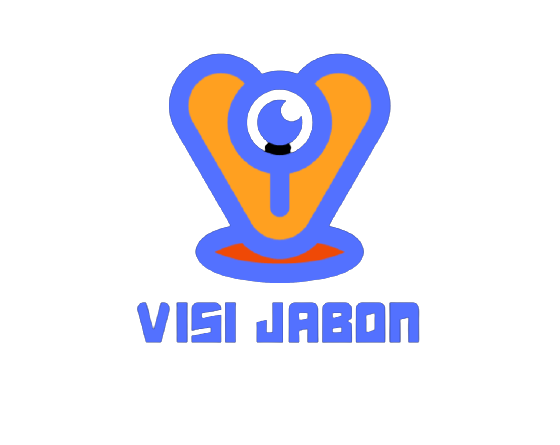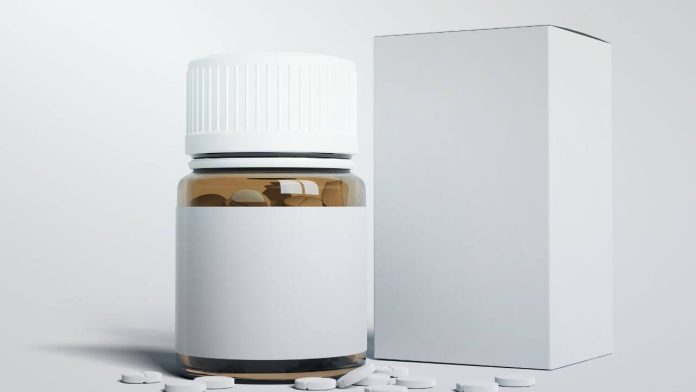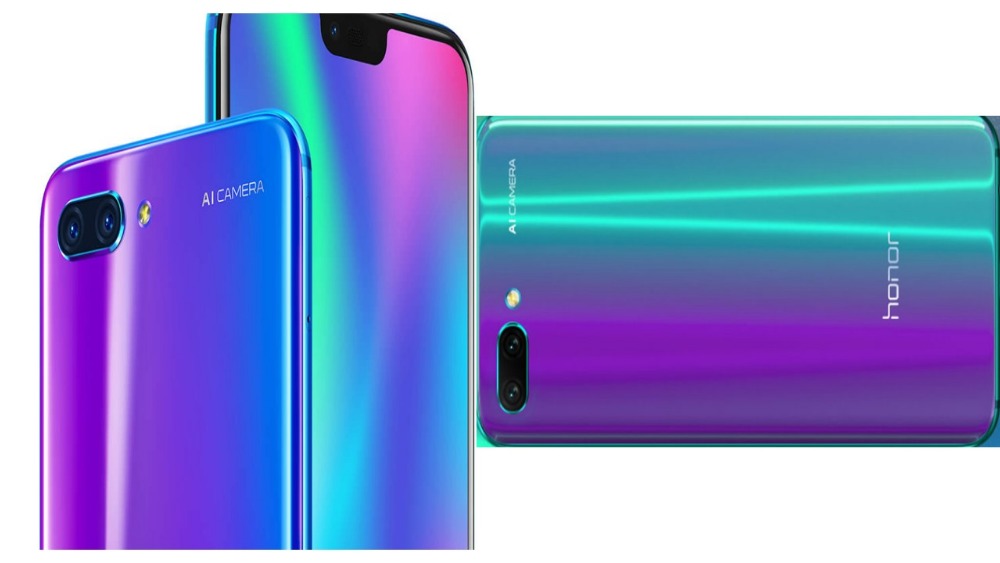The integrity of Pharmaceutical Packaging Materials is paramount in ensuring the safety and efficacy of drug products. Migration and leaching, where substances from the packaging material transfer into the drug product, can compromise product quality and pose health risks. This article explores the root causes of these issues and discusses strategies to mitigate them.
Understanding Migration and Leaching
Migration refers to the movement of substances from the packaging material into the drug product or its immediate environment. Leaching, a specific type of migration, involves the extraction of substances from the packaging material by the drug product or its formulation. Factors influencing migration and leaching include:
- Material properties: The chemical composition, molecular weight, and polarity of the packaging material and the drug product significantly impact the likelihood and extent of migration.
- Environmental conditions: Temperature, humidity, and light exposure can accelerate the degradation of the packaging material and increase the rate of migration.
- Contact time: Prolonged contact between the packaging material and the drug product increases the risk of migration.
- Packaging design: The design of the package, including the material thickness, closure system, and presence of coatings, can influence migration.
Strategies to Mitigate Migration and Leaching
Several strategies can be employed to minimize migration and leaching in pharmaceutical packaging:
- Material selection:
- Barrier materials: Selecting materials with excellent barrier properties, such as glass or certain polymers, can effectively reduce migration.
- Inert materials: Materials that are chemically inert and have a low propensity to interact with the drug product should be preferred.
- Coating and lamination:
- Barrier coatings: Applying barrier coatings to the inner surface of the packaging can create an additional barrier, preventing migration.
- Lamination: Combining different materials through lamination can enhance barrier properties and provide additional protection.
- Packaging design:
- Headspace reduction: Minimizing the headspace within the package can reduce the surface area available for interaction between the packaging material and the drug product.
- Closure integrity: Ensuring that closures are properly sealed can prevent the ingress of contaminants and reduce the risk of migration.
- Testing and analysis:
- Compatibility testing: Conducting compatibility testing between the packaging material and the drug product under various storage conditions is essential to assess the potential for migration.
- Extractables and leachables testing: These tests involve simulating the worst-case conditions to identify and quantify substances that may migrate from the packaging material.
- Regulatory compliance:
- Adherence to standards: Adhering to relevant regulatory guidelines and standards, such as those issued by the FDA and EMA, ensures that packaging materials meet safety and quality requirements.
Case Studies and Future Trends
Numerous case studies have highlighted the importance of addressing migration and leaching in pharmaceutical packaging. For example, the migration of plasticizers from PVC packaging into drug products has been a significant concern. As a result, there has been a shift towards the use of alternative materials, such as amorphous PET and glass.
Future trends in pharmaceutical packaging include the development of more sustainable and environmentally friendly materials, as well as the integration of smart packaging technologies. These technologies can provide real-time monitoring of product conditions and detect any signs of packaging failure or contamination.
By implementing these strategies and staying abreast of emerging technologies, the pharmaceutical industry can effectively address migration and leaching issues, ensuring the safety and efficacy of drug products.










